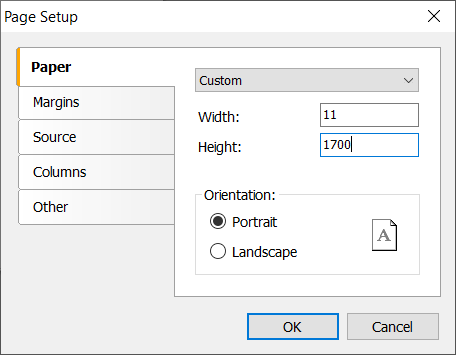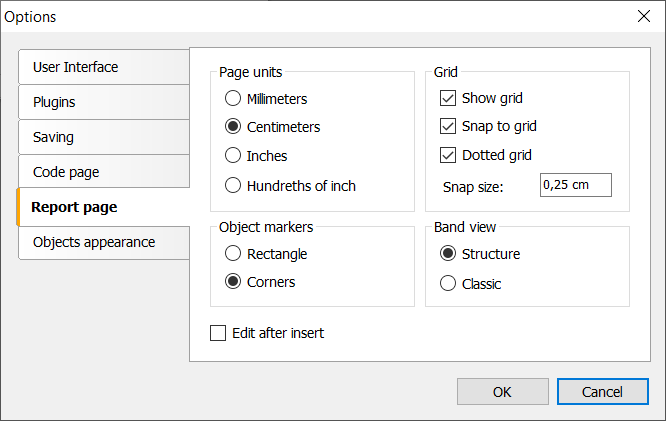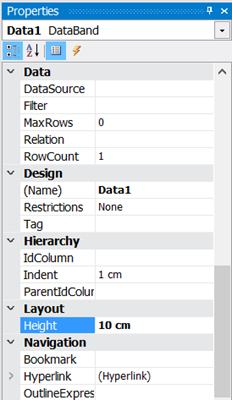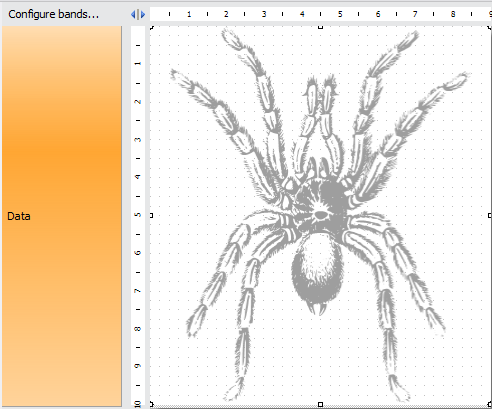Toilet paper printing
Gentlemen jokes aside! Today we are talking about toilet paper. This essential hygiene product was only recently developed in the United States in the 19th century. But to be honest, toilet paper was first mentioned in China as early as the 6th century, but this product was only available for a narrow circle of people.
In preparation for the self-isolation in the midst of a pandemic, almost every inhabitant of the planet has got a myriad supply of toilet paper. It is worth remembering that first of all this is a paper. And so happened, that the paper - the carrier of information. So let's consider if we can use toilet paper to output information?
You can ask a reasonable question: why? Of course for fun! For example, here is a shortlist of possible applications of printing on toilet paper:
- News - but they quickly become out of date, it is unlikely you will spend the toilet paper as fast;
- Jokes - humor never hurts, and such information is quite appropriate in this medium;
- Comics, manga, stories - as well as anecdotes - easy entertaining reading, just what we need;
- Images and pictures - are purely decorative prints. By the way, this kind is the most popular now print on toilet paper.
- Advertising - and this is a commercial approach. It is strange that until now there are no advertising prints on toilet paper, they are certainly more effective than billboards;
- Calendars and horoscopes.
And these are only the options that appeared in my mind right now. You are limited only by your imagination.
Let’s print on toilet paper!
Printers
Many inkjet and matrix printer models support roll printing. This function is not new, but the dying function on the home printer. But the laser printer is not suitable for printing. This is related to the mechanism of making news pages. A laser printer stores the entire page in memory in a line with jet or matrix printing. Therefore, we will no longer consider laser printers.
Given the high roughness of toilet paper, printing on an inkjet printer will be fuzzy. The paint will fade on soft paper. Therefore, do not expect high-quality printing. Try printing the image on ordinary office paper. Even her stiff paper is not able to give a decent picture.
A good matrix printer will give more clarity, simply because it was originally created for low-quality paper. The thinnest needles of the printing head carry microscopic drops of ink on paper, which are much thicker than the colors of the inkjet printer. Therefore, if you do not need color printing and you are ready to tolerate low printing speed, then the matrix printer is the best choice for your purposes.
Carrier size
Now it is necessary to think about the source of printing, the document itself. In fact, you will not be able to find a toilet paper template in any text or graphic editor. Width and length have to be chosen by yourself.
FastReport.Net report generator allows you to create pages with reports of arbitrary width and length - according to our needs.
What are the dimensions of the toilet rolls? Very different. Nevertheless, we can highlight the most popular sizes. As you remember, in the US and the UK to measure the length and width is inches, and in all other countries - centimeters.
The most common sizes of roll width are 4.5 "(11cm), 4.1" (10 cm) and 3.7 "(9.4cm).
The length can be completely different for different manufacturers and models. For example, rolls with an empty middle are more likely to be about 17 meters long. But there are quite large ones - 200m and even 500m.
Among all the characteristics of toilet paper examined, we can draw the conclusion that the most suitable for printing is a harder paper with the minimum roughness. This kind of paper can often be seen in public toilets, placed on the large steering wheel. This is usually a single layer of grey paper from the second material. It's harder to break than soft.
How to print?
Now let’s move to create the document for printing. Let’s create it with the help of FastReport .NET report designer icon:
![]()
In the form you need to set only the height and width:

For example, the length of paper in a roll is 17 meters, and the width is 11 centimeters (670"). By default, the values are set in centimeters. Therefore, we introduce 1700cm in length and 11cm wide. The units can be changed in the designer's settings:

Now, in the property inspector on the right, you need to select the object of the page and set the Property UnlimitedHeight to true. This property will not break the report into separate pages and will output all on one, as on a roll. Also, we set the PrintOnPollPaper property to true. It can't be set as true until you turn on the UnlimitedHeight property.

Now it's time to decide what we will print. Report Generator can take the data not only from the database but also from the files. You can also add images. If your toilet paper is perforated to break into individual sheets, it is necessary to adjust the height of the DataBand according to the length of the resulting paper passage. In this case, the remaining bands are better to remove or take into account their height.

Suppose we decided to display images. Then add on the band Picture object and set its properties Dock = Fill, so that it fills the entire area.

Given that the band height 10 cm, and 1700 cm roll length, it is necessary to display the band 170 times. When the DataBand band is connected to a data source, then for each row of data appears a new instance of a band. But, as in our case there is no data source, we're just in the properties of the band shall indicate the number of times it should be repeated. To this end, the properties of the band set a property RepeatBandNTimes = 170. This is how will look like part of our report:

Now you can load paper in the printer and start printing right out of the mode of viewing the report. But if you do not want to print right now, or want to share a document obtained, with colleagues working remotely, you can export the report, for example, in PDF.